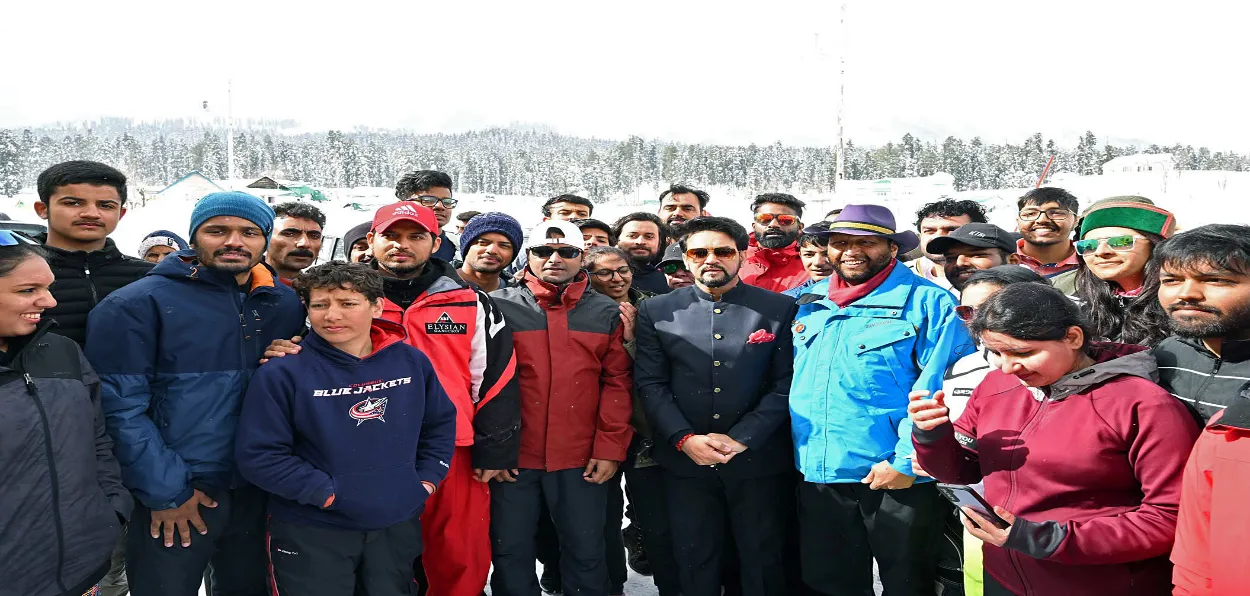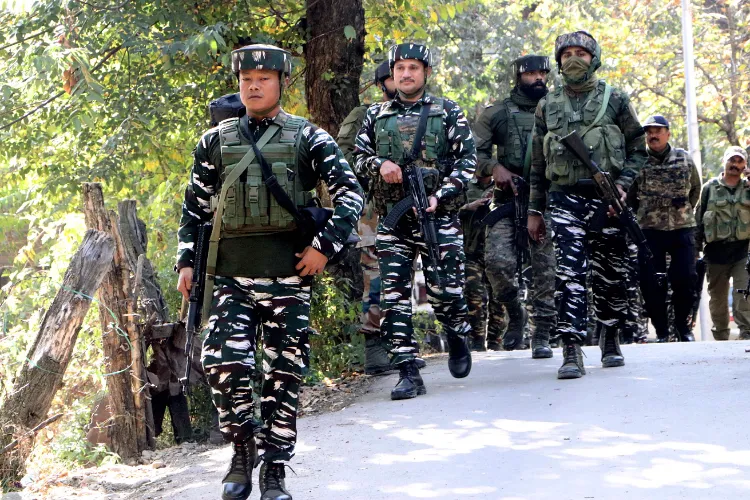
Khalid Imtiaz
On March 8, New York Times carried a guest essay titled ‘Modi’s Final Assault on India’s Press Freedom Has Begun’ by J&K-based journalist and owner of Kashmir Times newspaper Anuradha Bhasin. The anecdotal essay alleged that press freedoms in Kashmir have been snatched and the journalists are being harassed regularly by the security agencies. The essay cites the example of the Kashmir Times to make a case that newspaper offices are being shut down and journalists are not being allowed to report on issues of public importance. Strangely, the writer has mentioned ‘Modi’ 11 times in this article to blame India’s Prime Minister; even when it is a known fact that in a federal polity, the Prime Minister doesn’t have the time and energy to indulge in such matters.
It is essential to understand that curbing separatism and controlling the press are two entirely different issues. After the Constitutional changes of 4 August 2019, the Indian government's actions to control separatism in the region are aimed at maintaining law and order and ensuring national security. There have been known elements in J&K’s media circles that glorified terrorism over the years and were known as separatist ideologues.
Security agencies have also red-flagged Anuradha Basin’s frequent appearances at conferences organized by Known ISI lobbyists against India in the USA and UK, FBI indicted foreign agent Ghulam Nabi Fai being the chief organizer of most of them. The point here is not to discredit the writer. The point is that Kashmir is a layered problem. Separatism in Kashmir has often led to violence and unrest in the region, causing harm to innocent civilians. The government's actions are aimed at preventing such incidents and ensuring that the citizens of the region are safe and secure.

Security Forces during an anti-terror operation in Kashmir
Kashmir has been a bone of contention between India and Pakistan for several decades, and the situation has only worsened over time. India’s patience on separatism crossed its limits given the Pulwama Terror attack on 14 Feb 2019, in which more than 40 CRPF personnel were killed. Soon after, the Government of India decided that the entire ecosystem that supports Pakistan-sponsored separatists needed to be demolished. Various known sympathizers of the terrorist cause were the first ones to raise a hue and cry on this knowing that they would be getting exposed soon.
In recent years, the Indian government has taken steps to clamp down on separatists and curb their activities. However, some people believe that this has led to a decline in democracy in the region, particularly in the press. But the fact is that in these years the stone pelting incidents have almost come down to zero, the Hartal culture is over and the schools are remaining open, the governance is improving, and the elected representatives of the people are taking the developmental agenda to the grassroots.
The journalists who are reporting on public issues are doing it without fear and favour and no one is stopping them from doing stories that are critical of the government. A Press Accreditation Committee has been formed which has members from the journalist committee. Top functionaries of the government are regularly meeting the press and answering questions. A wide variety of online portals and social media platforms are creating content on day-to-day happenings in Kashmir and no one has stopped such critical voices.
The government's actions have been successful in curbing separatist activities in the region. The number of incidents of violence has significantly reduced since the clampdown on separatists began. This has brought much-needed stability to the region, and the people can go about their lives without fear of violence and unrest.
While it is true that there have been instances of excessive force being used by security forces, it is important to understand the context in which these incidents occur. The security forces are often faced with violent protests and unrest, and they have to use force to maintain law and order. However, the government has taken steps to ensure that security forces are held accountable for any excesses committed by them. The recent example in which Army held a Captain guilty in Court Martial and sentenced him to life imprisonment in the Amshipora Shopian encounter is a great example that institutions of accountability are working in J&K and no is above law.
It is important to understand that curbing separatism in Kashmir is essential for maintaining law and order in the region and ensuring national security. People who are misusing their journalistic credentials to further extremism in the Valley cannot escape the scrutiny of law enforcement agencies. Blaming Prime Minister Narendra Modi for the decisions of the field agencies is not correct when we realize the scale and size of India’s media sector. Yes, the credit does go to him for empowering the arms of the state to go against elements who misuse their privileged position as journalists to support the anti-national narrative.
ALSO READ: Article 370 going has ended apartheid
The press operates within the framework of the laws and regulations governing it. It is important to understand that the clampdown on separatism is not aimed at curbing democratic rights but is essential for ensuring peace and security in the region.
(Views of the writer are personal)
